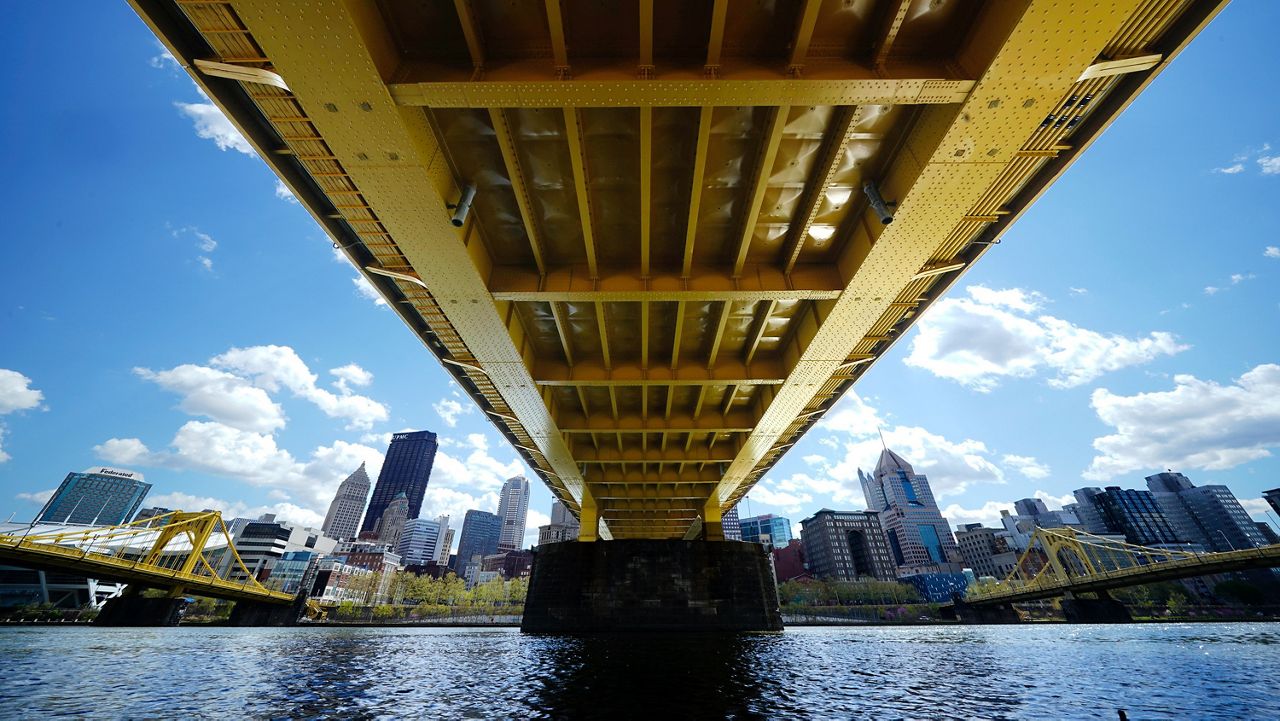The Biden administration on Tuesday announced it will release nearly $60 billion made available by last year’s bipartisan infrastructure law to further rebuild the nation’s crumbling roads, bridges and highways, as well as tackle environmental issues plaguing the transportation system as a whole.
The $59.9 billion allocation, which will be split among all 50 states plus Washington, D.C., and Puerto Rico, is a nearly $15 billion increase over 2021 from funds released in 2021 to address the same issues.
“America’s roads and bridges are the vital arteries of our transportation system, connecting people and goods across the country,” transportation secretary Pete Buttigieg wrote in a statement. “Because of President Biden’s Bipartisan Infrastructure Law, today we are sending historic levels of funding to every state to help modernize the roads and bridges Americans rely on every day.”
The $1.2 trillion infrastructure law, signed last year by President Joe Biden, provides $550 billion over the next five years to fortify nearly every traditional aspect of U.S. infrastructure — including roads, bridges and freeways — plus a few newer efforts, such as increasing access to high-speed internet and preparing for the effects of climate change.
There will be three new programs funded next year thanks to Tuesday’s announcement, one of which is called the Carbon Reduction Program. The funds will be used “for projects designed to reduce transportation emissions” from carbon dioxide, per the department. Projects can include, but are not limited to, upgrading traffic monitoring and management systems, constructing “transportation alternatives” including bikeways and walkways, replacing street lighting with energy-efficient options and more.
The other new programs are entitled “Promoting Resilient Operations for Transformative, Efficient, and Cost-Saving Transportation Formula Program” and the “National Electric Vehicle Infrastructure Formula Program.”
The Biden administration has placed a heavy focus on fortifying the nation’s electric vehicle infrastructure. During a mid-September visit to Detroit, the president announced the first $900 million investment from the bipartisan infrastructure law for EV chargers along 53,000 miles of the national highway system, stretching over 35 states.
“The great American road trip is going to be fully electrified,” Biden said at the time. “Charging stations will be up and easy to find as gas stations are now.”
Still, some of the administration’s loftier goals – including Biden’s directive that the United States should purchase only American-made, no-emission vehicles by 2027 – appear to be falling behind.
The new National Electric Vehicle Infrastructure Formula Program, which was created under the bipartisan infrastructure law, will provide funds to states so they can “strategically deploy electric vehicle (EV) charging infrastructure and to establish an interconnected network to facilitate data collection, access, and reliability,” per the Transportation Department.
Another area of focus for the Biden administration has been addressing the nation’s crumbling bridge infrastructure.
According to data from the American Road and Transportation Builders Association, there are at least 43,578 “structurally deficient U.S. bridges in poor condition,” which account for nearly 168 million daily crossings. That equates to roughly a third of U.S. bridges in need of repairs, and the association estimates it would cost around $260 billion to make all identified repairs.
The Bridge Formula Program, which last year supported repairs to over 2,400 of the nation’s bridges, will see a 391% funding increase in 2023 compared to 2021, the last year the program was funded before the passage of the bipartisan infrastructure deal.
One such bridge in need of repairs connects Hooksett, New Hampshire to the larger metropolitan area of Manchester, a route used by many as a daily work commute, White House infrastructure coordinator Mitch Landrieu told reporters on Tuesday.
“Trucks are carrying tons of goods and are completely dependent on it,” Landrieu said of the aging roadway, adding: “That bridge has needed maintenance for a while to patch weak spots. And with these improvements we're making, it's estimated that the bridge lifespan is going to increase by 25 to 30 years.”
The administration in January announced it would release $26.5 billion to state governments, as well as Washington, D.C., and Puerto Rico, over the next five years, with a separate $825 million for tribal governments in the same time frame, as part of the Bridge Replacement, Rehabilitation, Preservation, Protection, and Construction Program.
The funds also came with an incentive for use in “off-system bridges” owned by local governments. While governments typically must match federal funding by up to 20% of the total, the funds from the Bridge Formula Program can be used for the entirety of the cost of repairing locally owned bridges.
Administration officials define “off-system bridges” as smaller bridges for smaller roads, which are not included in the federal highway system.



